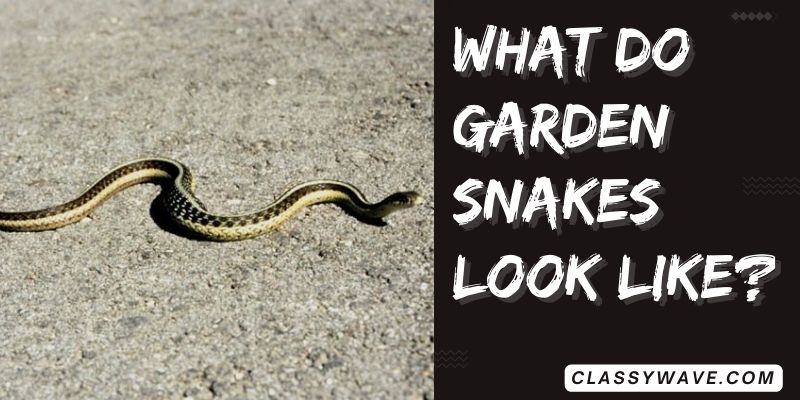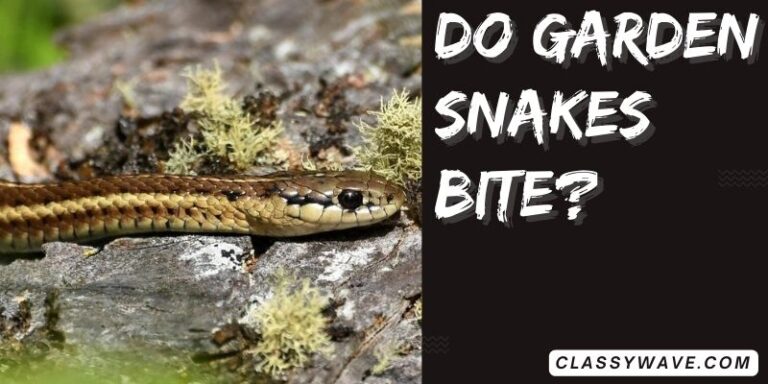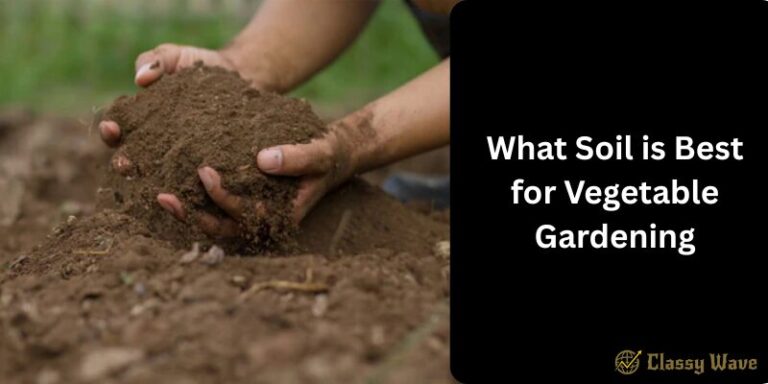What do garden snakes look like? thinks to know
Explore the intriguing world of garden snakes, commonly known as garter snakes, through a series of in-depth insights. From their physical characteristics and behaviors to their vital ecological roles and conservation challenges, delve into the diverse facets of these adaptable serpents that inhabit a variety of environments worldwide.
Physical Characteristics of Garden Snakes
Garden snakes, also known as garter snakes, exhibit slender bodies ranging from 18 to 26 inches in length. They are distinguished by their long, tapering tails and keeled scales. These non-venomous serpents boast a variety of colors and patterns, contributing to their camouflaging abilities.
Common Colors and Patterns
Garden snakes display a spectrum of colors, including greens, browns, and blacks, often accompanied by distinctive stripes running along their bodies. These patterns aid in their mimicry within diverse environments, from grassy meadows to wooded areas.
Size and Length Variations
Garden snake sizes vary among species, with adults typically measuring between one to three feet. The adaptable nature of these snakes enables them to thrive in different ecosystems, showcasing remarkable length variations.
Distinctive Features of Garden Snakes
Garden snakes are identifiable by their round pupils, distinguishing them from venomous species with elliptical pupils. Their relatively small heads and slender bodies contribute to their non-threatening appearance, though some may exhibit enlarged, flattened heads for defensive purposes.
Habitats and Environments
These snakes are versatile in their habitat choices, inhabiting grassy fields, gardens, forests, and even urban areas. They prefer locations with accessible water sources, such as ponds or streams, where they can find their preferred prey.
Behavioral Traits of Garden Snakes
Garden snakes are diurnal, remaining active during the day and seeking shelter at night. Their diet primarily consists of small prey like insects, earthworms, and amphibians. Known for their docile nature, they rarely pose a threat to humans.
Identification Tips for Garden Snakes
To identify a garden snake, observe its slender body, distinctive coloration, and the presence of stripes. Note their non-aggressive behavior and common habitats. Confirm the round pupils and small head, which are key characteristics differentiating them from potentially dangerous snake species.
Comparison with Other Snake Species
Distinguishing garden snakes from other snake species involves examining their unique features. Contrasting their size, color patterns, and behaviors with those of similar-looking snakes aids in accurate identification and understanding of their ecological role.
Garden Snake Species Around the World
Garden snakes are found globally, with various species adapting to diverse climates and ecosystems. Explore the geographical distribution and unique adaptations of different garden snake species, highlighting their significance in ecosystems worldwide.
Adaptations for Survival
Garden snakes have evolved several adaptations for survival, including their camouflage, docile nature, and efficient hunting techniques. Understanding these adaptations provides insights into their ecological roles and how they have successfully thrived in a range of environments.
Reproduction and Life Cycle of Garden Snakes
Garden snakes follow a fascinating reproductive process. Typically, they give birth to live young instead of laying eggs. Mating occurs in spring, and after a gestation period, females bear a clutch of miniature snakes. These young snakes are self-sufficient from birth, requiring no parental care. The life cycle involves a series of molts as they grow, with sexual maturity reached in a couple of years. Understanding this cycle sheds light on the population dynamics and survival strategies of these adaptable serpents.
Communication Methods Among Garden Snakes
While lacking vocal cords, garden snakes communicate using a variety of methods. They employ body language, such as coiling or raising their heads, to convey signals. Chemical cues, released through pheromones, play a crucial role in mate attraction and territory marking. Additionally, subtle vibrations and hissing sounds serve as warning signals. Unraveling the nuances of these communication methods enhances our understanding of the social dynamics and survival strategies of garden snakes in their respective habitats.
Role of Garden Snakes in Pest Control
Garden snakes are unsung heroes in pest control, as their diet primarily consists of small rodents, insects, and pests. By preying on creatures that harm crops and gardens, they contribute to natural pest management, reducing the need for chemical interventions. Understanding their ecological role underscores the importance of preserving garden snake populations to maintain a healthy balance in ecosystems and agricultural environments.
Threats and Predators of Garden Snakes
While often overlooked, garden snakes face threats from various predators. Larger snakes, birds of prey, and mammals pose dangers to both juvenile and adult garden snakes. Habitat loss due to human activities, including urbanization and agriculture, further threatens their populations. Recognizing these threats is crucial for implementing conservation measures and mitigating the impact of human activities on these essential members of ecosystems.
Conservation Status and Concerns
Despite their adaptability, some garden snake species face conservation challenges. Habitat destruction, pollution, and the illegal pet trade contribute to declining populations. Assessing the conservation status of different species and understanding the specific threats they encounter is vital for formulating targeted conservation efforts. Highlighting these concerns raises awareness about the importance of preserving the habitats that sustain garden snake populations and the biodiversity of the ecosystems they inhabit.
Conclusion
In conclusion, the exploration of garden snakes reveals a rich tapestry of adaptation, communication, and ecological significance. These serpents, often misunderstood, play pivotal roles in pest control and ecosystem balance. However, their survival is threatened by human-induced challenges. Understanding and appreciating these creatures is crucial for fostering coexistence and implementing conservation measures to ensure the continued well-being of garden snake populations in our diverse global ecosystems.
FAQs
Question: Are garden snakes dangerous to humans?
Answer: No, most garden snakes are harmless. They are non-venomous and pose no significant threat to humans.
Question: What do garden snakes eat?
Answer: Garden snakes feed on insects, worms, small rodents, and amphibians, contributing to natural pest control.
Question: How can I identify a garden snake?
Answer: Look for slender bodies, distinctive colors, and stripes. Round pupils and small heads distinguish them from venomous snakes.
Question: Do garden snakes make good pets?
Answer: While some people keep them, consider local regulations. Captivity requires proper care and understanding of their needs.
Question: Are garden snakes beneficial for gardens?
Answer: Yes, they help control pests by preying on insects and rodents, making them beneficial allies for gardeners.







